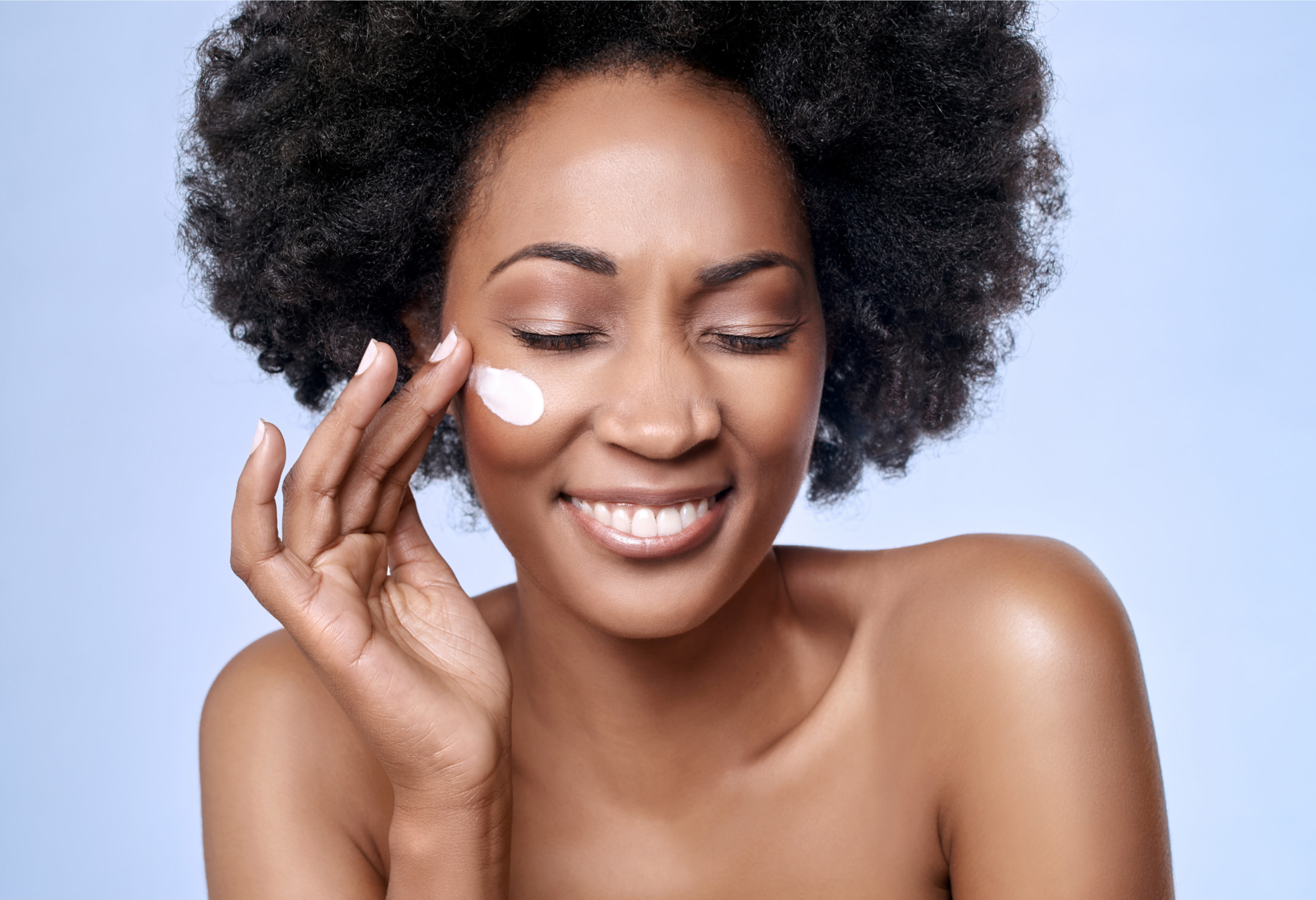References
RESEARCH ROUNDUP

Abstract
In this regular feature, aesthetic nurse Claudia McGloin presents a brief synopsis of a range of recently published articles on medical aesthetics. Research roundup aims to provide an overview, rather than a detailed summary and critique, of the papers selected. Should you wish to look at any of the papers in more detail, a full reference is provided at the end of each study summary

 One study looked at the challenges and controversy in determining UV exposure as a risk factor for cutaneous melanoma in skin of colour
One study looked at the challenges and controversy in determining UV exposure as a risk factor for cutaneous melanoma in skin of colour
The authors of this study asked the question: ‘What are the epidemiologic characteristics associated with acne development in transgender individuals receiving masculinising hormone therapy?’.
To conduct this study, the authors included 988 transgender patients who had commenced masculinising hormone therapy between January 2014 and December 2017 in this study.
Data for this study was attained using electronic health records from a community health centre.
The authors used the International statistical classification of diseases, tenth revision, clinical modification to define acne. Baseline demographic and clinical characteristics were also collected.
Throughout this study, the authors noted that acne was common among transgender patients receiving masculinising hormone therapy, and it was noted that there was a 31.1% acne prevalence and a 2-year incidence proportion of 25.1%.
In conclusion, the authors stated that acne is common among transgender patients on masculinising hormone therapy, and the prevalence increased from 6.3% to 31.1% following the commencement of masculinising hormone therapy. Patients aged 18–21 years appear to be most likely to develop acne.
Register now to continue reading
Thank you for visiting Journal of Aesthetic Nurses and reading some of our peer-reviewed resources for aesthetic nurses. To read more, please register today. You’ll enjoy the following great benefits:
What's included
-
Limited access to clinical or professional articles
-
New content and clinical newsletter updates each month


